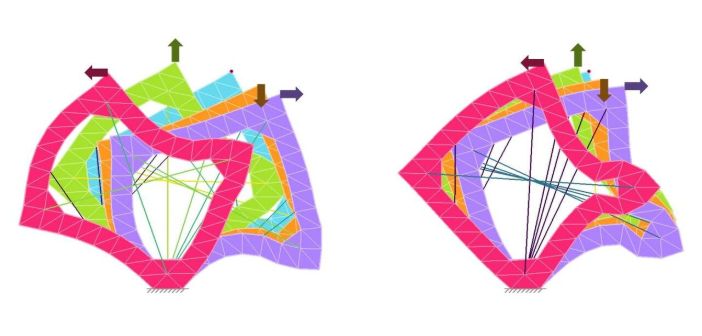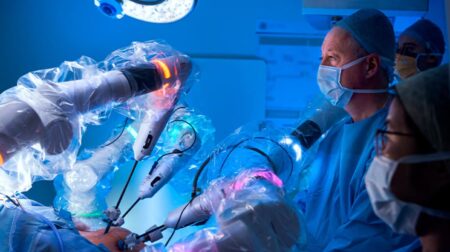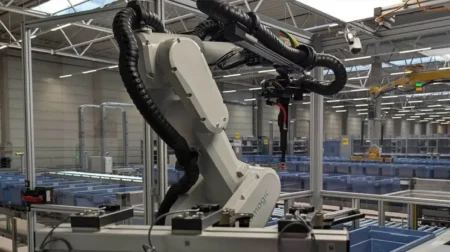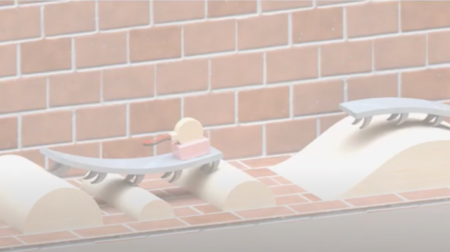Researchers at Massachusetts Institute of Technology (MIT) have developed a concept that enables soft robots to turn rigid on demand, broadening the robot’s range of tasks.
The solution also allows for safe interaction with people and could be used in patient care settings, said MIT.
The approach could create a new generation of robots that combine the strength and precision of rigid robots with the fluidity and safety of soft ones.
“This is the first step in trying to see if we can get the best of both worlds,” said James Bern, the paper’s lead author and a postdoc in MIT’s Computer Science and Artificial Intelligence Laboratory.
Bern explained that, until recently, the majority of soft robots were controlled manually, but the team designed an algorithm that could take charge.
Using a simulation to help control a cable-driven soft robot, the researchers picked a target position for the robot and had a computer figure out how much to pull on each of the cables in order to get there.
The researchers said they were inspired by the human arm and contracting biceps to bend an elbow to a certain degree until “you can get stiffness by pulling on both sides of something,” explained Bern. The team then applied the same principles to the robots.
The resulting paper lays out a way to simultaneously control the position and stiffness of a cable-driven soft robot. The method takes advantage of the robots’ multiple cables using some to twist and turn the body, while using others to counterbalance each other to tweak the robot’s rigidity.
Bern added: “This is an intuitive way of expanding how you can control a soft robot.It’s just encoding that idea [of on-demand rigidity] into something a computer can work with.”
The team said it hoped its roadmap would one day allow users to control a robot’s rigidity as easily as its motion.
A prototype robot is being built to test out the rigidity-on-demand control system. The team next aims to take the technology out of the lab, enabling it to interact with humans.
Potential applications include caring for human patients, where a robot’s softness could enhance safety, while its ability to become rigid could allow for lifting when necessary.








